
In a surprising twist, the Trump administration has officially added its first animal to the endangered species list: a Nevada fish on the brink of extinction called the Fish Lake Valley tui chub.
The move, which the Trump administration initially proposed in response to years of legal pressure from environmental groups, is a rare instance of the administration heeding conservationists’ calls during a presidency that has been widely criticized for rolling back wildlife and habitat protections.
The tui chub’s plight — caused by groundwater depletion, climate change, and agriculture expansion- highlights a growing crisis in the American West, even as national politics remain focused elsewhere.
Why the Tui Chub’s Fate Matters
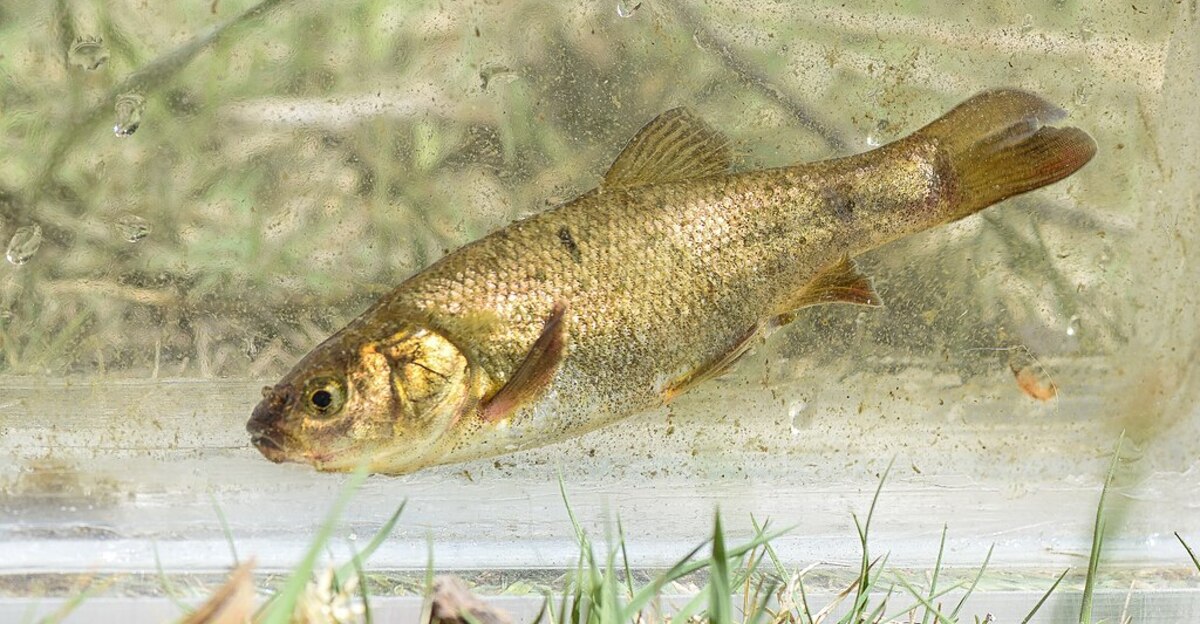
The Fish Lake Valley tui chub is more than a fish; it’s a vital indicator of the valley’s ecological health. The wetlands that provide habitat for desert wildlife, including pronghorn antelope and bighorn sheep, are also in jeopardy as groundwater is pumped for farming and other purposes.
The loss os the tui could signal the collapse of an entire ecosystem, with the species and communities of the region heavily affected. At the same time, this makes its plight a bellwether for the broader challenges facing the American West in an era of increasing water scarcity and environmental stress.
A Fading Legacy of Western Springs
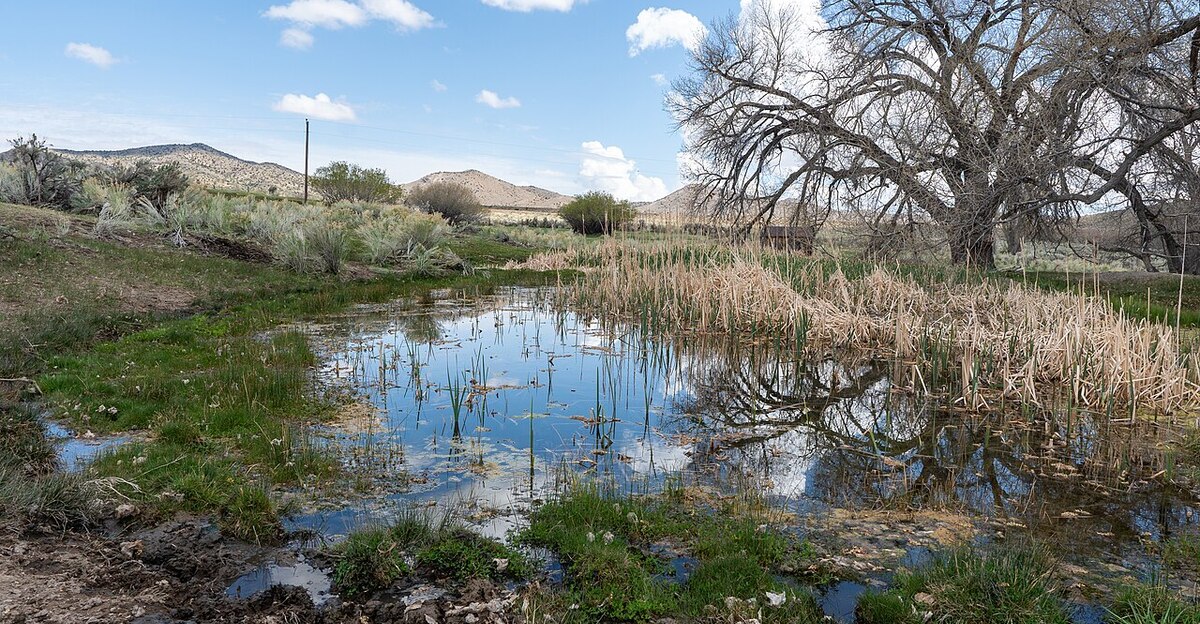
Once located in several springs throughout Fish Lake Valley, the tui chub now only exists within a single pond. Its decline mirrors the fate of other Nevada fish species, such as the Ash Meadows killifish and Raycraft Ranch springfish, which vanished decades ago.
The disappearance of these native fish highlights a disturbing trend of biodiversity loss in the West, where human activities and environmental pressures have eroded the region’s natural heritage and left many unique species on the brink of extinction.
The Forces Behind the Decline
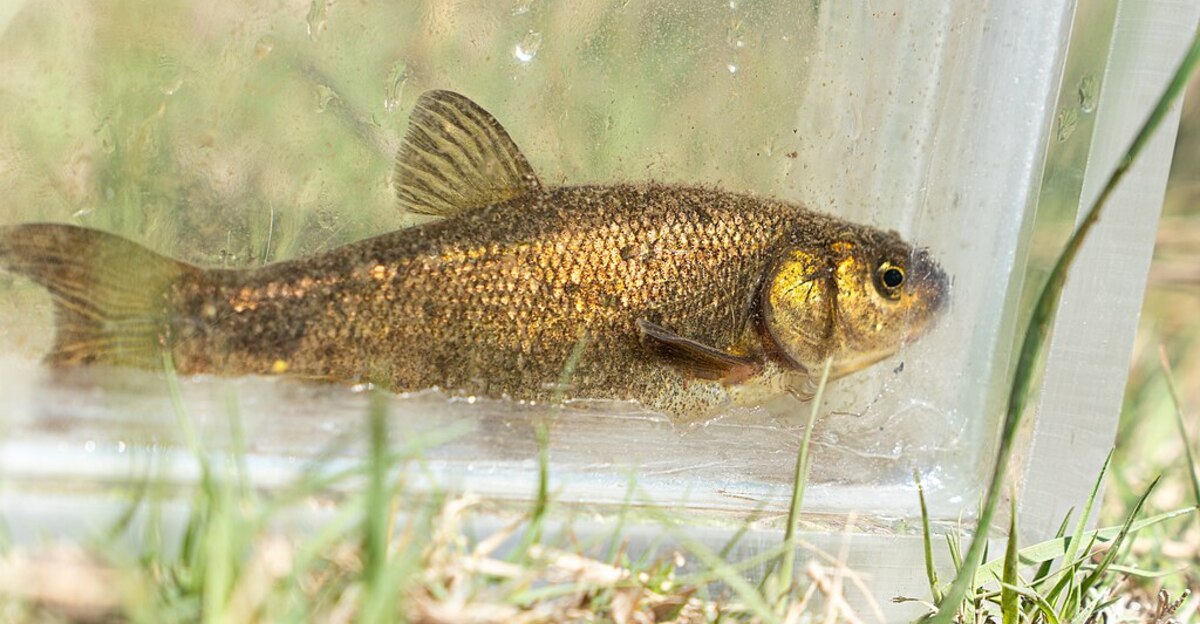
The decline of the tui chub is driven by a combination of challenges: relentless groundwater pumping for agriculture, particularly alfalfa; the consequences of climate change that have exacerbated the drought; and competition with invasive species.
Collectively, these pressures have reduced the fish’s habitat to a single, fragile refuge. Without significant intervention, the tui chub will likely follow the path of other extinct Nevada fish, underscoring the urgent need for action to address the root causes of its decline.
Hidden Threats: The Underlying Pressures on Nevada’s Ecosystems

Although the tui chub of Fish Lake Valley has become a symbol of conservation urgency, its story is shaped by a web of interconnected threats that extend well beyond a single pond.
In the broader context of Nevada’s fragile ecosystems, groundwater overuse, invasive species, and climate-driven droughts quietly undermine the resilience of entire habitats, setting the stage for a cascade of ecological losses that may soon become irreversible.
The Endangered Species Act and the Trump Administration’s Role
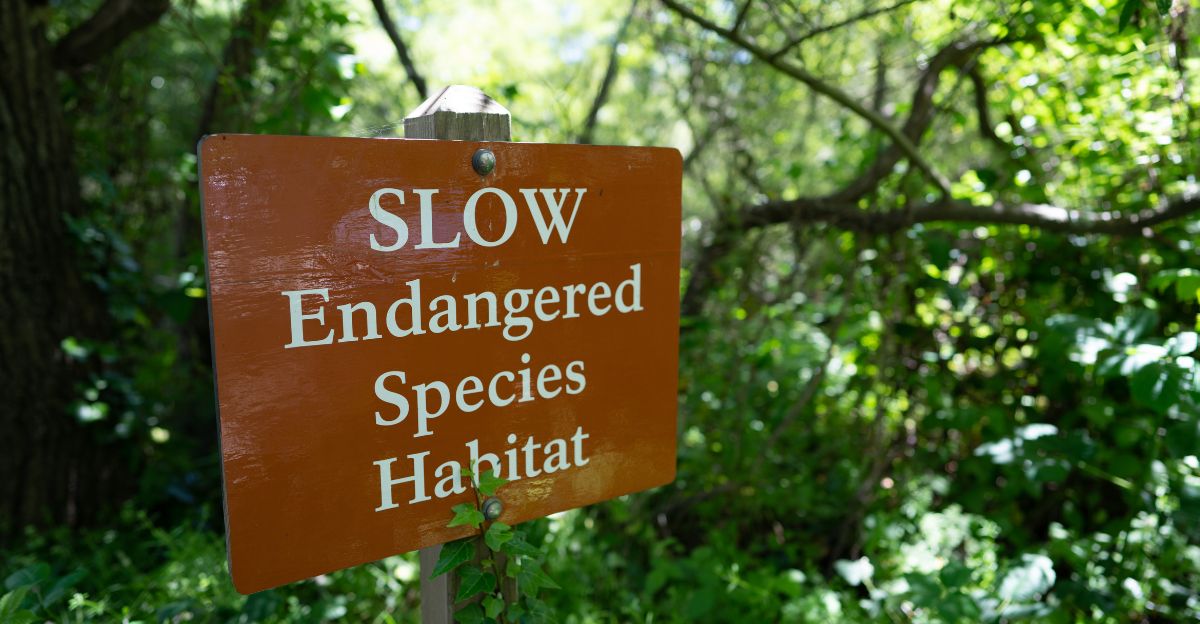
In a notable move, the Trump administration has proposed listing the Fish Lake Valley tui chub as an endangered species, marking the first such consideration under the MAGA banner.
The proposed action, prompted by legal action from environmental groups, reflects the ongoing tension between conservation and development.
While the administration has repeatedly attempted to roll back habitat protections, this case demonstrates the complex interplay of legal, environmental, and political factors shaping the fate of America’s wildlife.
Local Impact, National Implications
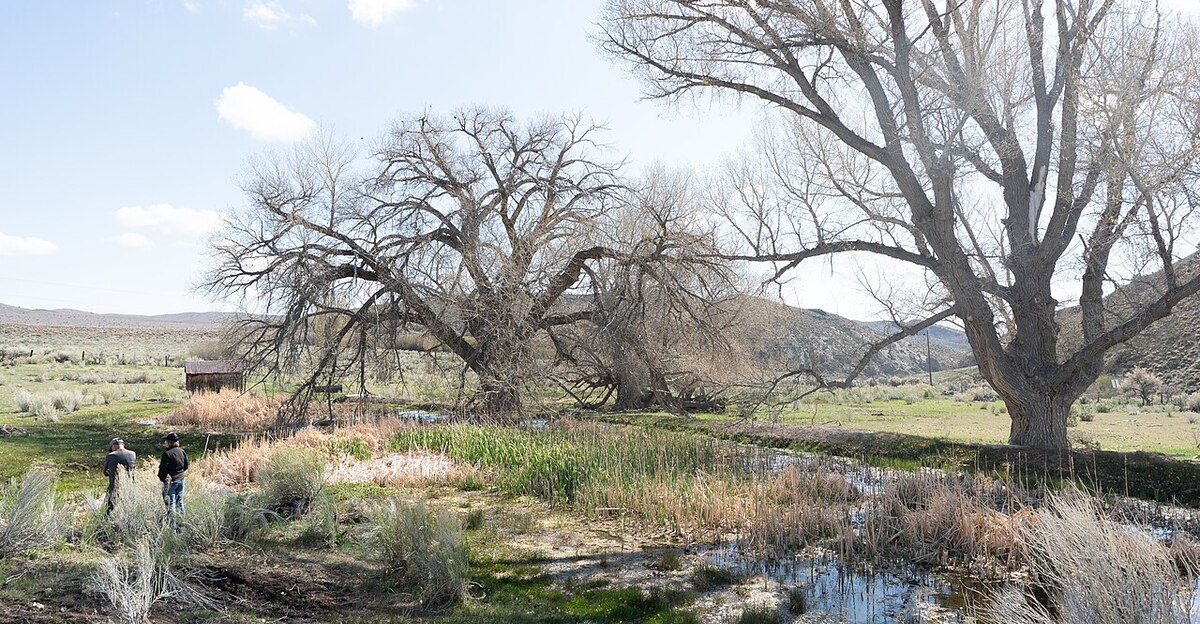
The tui chub’s plight is most acutely felt in Nevada’s Fish Lake Valley, but its story has national implications. Groundwater depletion threatens not only fish but also the wetlands and wildlife that depend on this vital resource.
The situation in Nevada is a microcosm of challenges facing the entire American West, as water scarcity, habitat degradation, and climate change are reshaping landscapes and communities. Saving the tui chub could set a precedent for conservation efforts in other regions facing similar threats.
Lesser-Known Species at Risk

Though the tui chub is the only one capturing our attention, elsewhere in Nevada’s arid expanse lie other rare species, silently teetering on the edge of extinction. For instance, the Moapa dace and White River springfish face the same threats of groundwater pumping and habitat degradation. Their habits are still not well documented, but their survival is just as crucial for the ecological balance of the region.
The Agricultural Sector

Agriculture, particularly alfalfa farming, is a double-edged sword in Nevada. It supports local economies, but it is also the primary driver of groundwater depletion. Some argue that more stringent controls could save tui chub and others like them, while others worry about the economic harm to rural communities. This uncertainty lies at the center of the conservation debate.
Water Wars Beyond Nevada
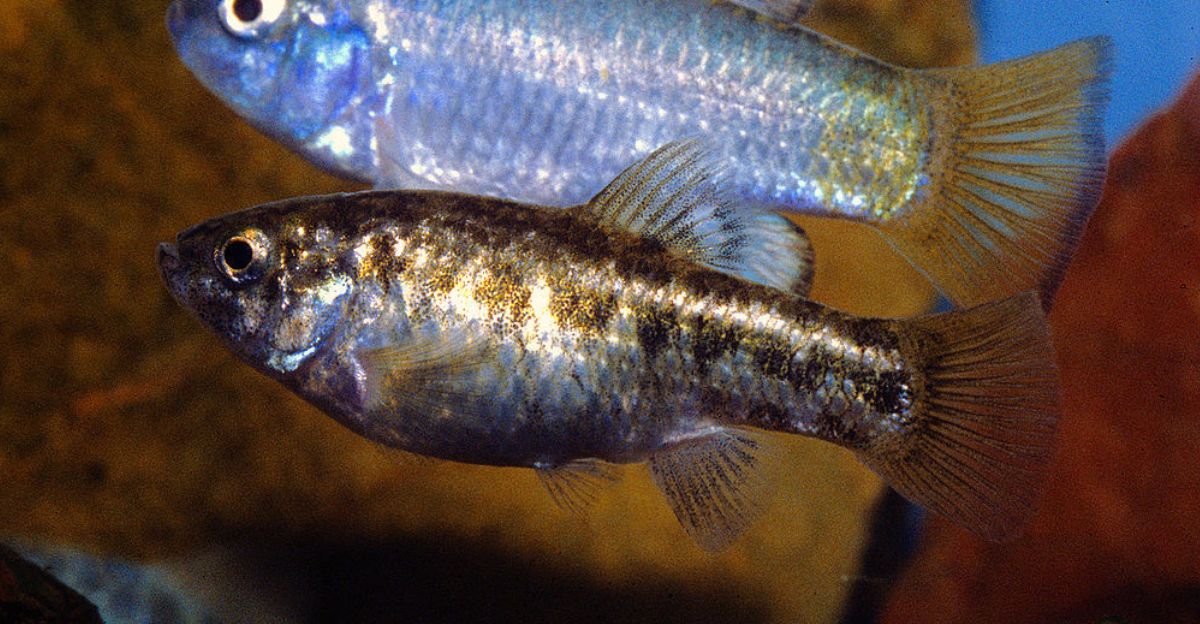
The tui chub’s story is not exclusive to Nevada. Throughout the American West, from Arizona’s desert pupfish to California’s Delta smelt, water scarcity and over-extraction are driving native species to the brink. These regional parallels underscore a systemic crisis that demands national attention and action.
The Human Cost
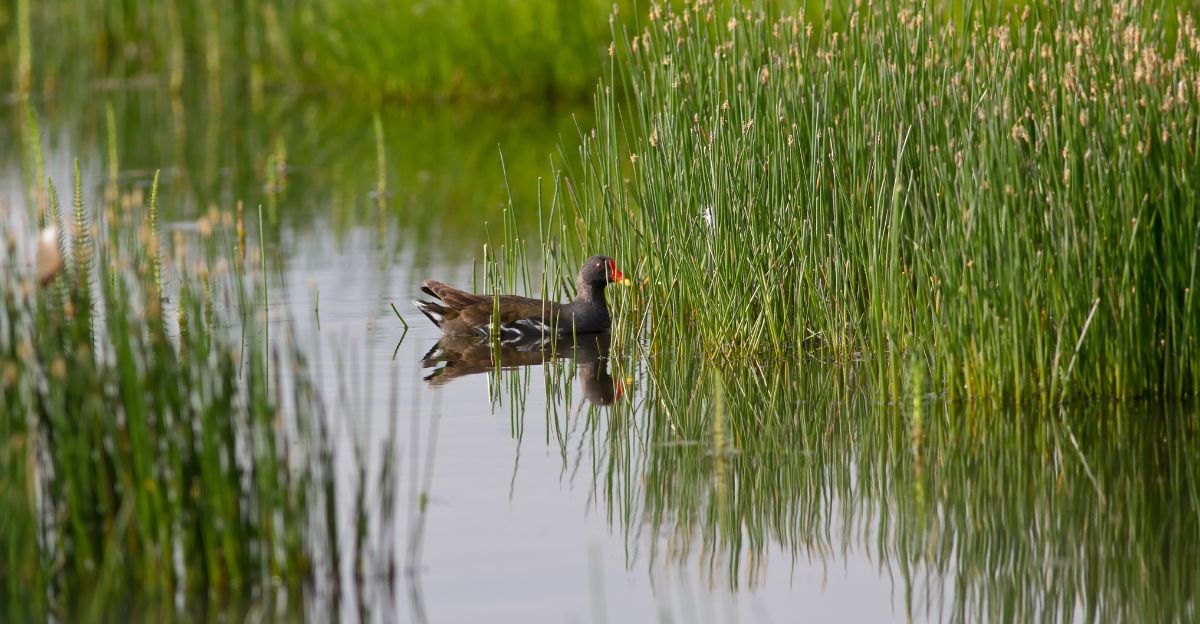
The decline of the tui chub is not merely an environmental tragedy—it is a human one. Wetlands have many vital roles in an ecosystem, from flood control to water filtration. Their decline threatens the livelihoods of farmers, ranchers, and indigenous populations who rely on these landscapes for survival.
What Happens When A Species Goes Extinct?

When a species like the tui chub disappears, the repercussions ripple through the ecosystem. Predators lose a food source, plants lose pollinators, and the delicate balance of the wetland is disrupted. This domino effect can ultimately result in the collapse of entire food webs and be nearly impossible to reverse.
Supporting Local Jobs and Ecotourism

Saving the tui chub might even have economic effects that boost local economies. Healthy wetlands attract birdwatchers, anglers, and nature tourists, creating jobs and backing small businesses. Protecting biodiversity is not just about saving fish; it’s about investing in the future of rural communities.
The Environmentalists’ Fight for Protection

Environmental groups, led by the Center for Biological Diversity, have been fighting for years to protect the tui chub. Their lawsuit forced the government to consider listing the fish under the Endangered Species Act.
Advocates argue that habitat loss is the primary driver of extinction and that federal action is necessary to prevent further losses. The fight to protect the tui chub is emblematic of broader efforts to defend biodiversity in the face of mounting pressures from industry and agriculture.
Public Response

The tui chub’s plight has sparked a mix of outrage and hope on social media. Environmentalists applaud the proposed listing as a win for the species, but critics question federal priorities. Thanks to viral tweets and memes, national attention is being drawn to this obscure fish, demonstrating that even the most minuscule of species can pique public interest.
A Conservationist’s Perspective

Dr. Emily Parker, a Nevada-based ecologist, offers a surprising insight: “The tui chub is a canary in the coal mine for the West’s water crisis. If this is the fish, we’re not just preserving a species, we’re safeguarding our own future.” Her words underscore the urgency of the moment and the need for bold action.
Policy Shifts and the Redefinition of Harm
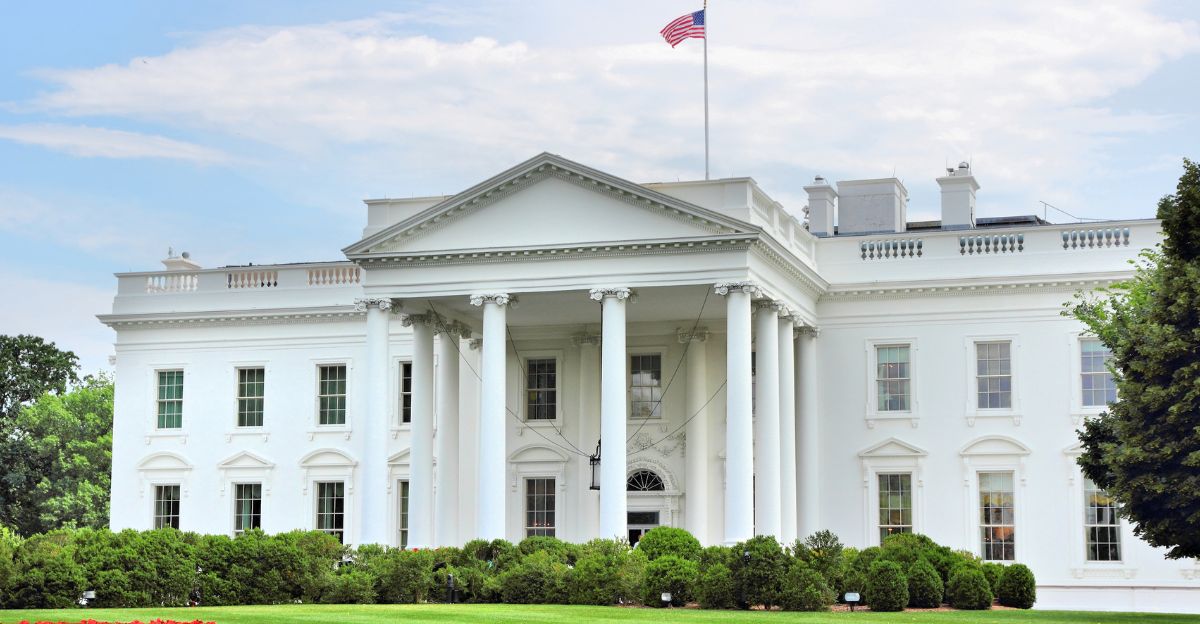
As the tui chub edges closer to protection, the Trump administration has proposed changes to the Endangered Species Act that would redefine “harm” to exclude habitat modification. Environmentalists caution that this would make it more difficult to shield species from logging, mining, and development, potentially accelerating extinctions.
The dispute about the tui chub is one of several existential battles over how America balances conservation with economic development, with significant implications for the future of endangered species nationwide.
Conservation in a Changing Climate
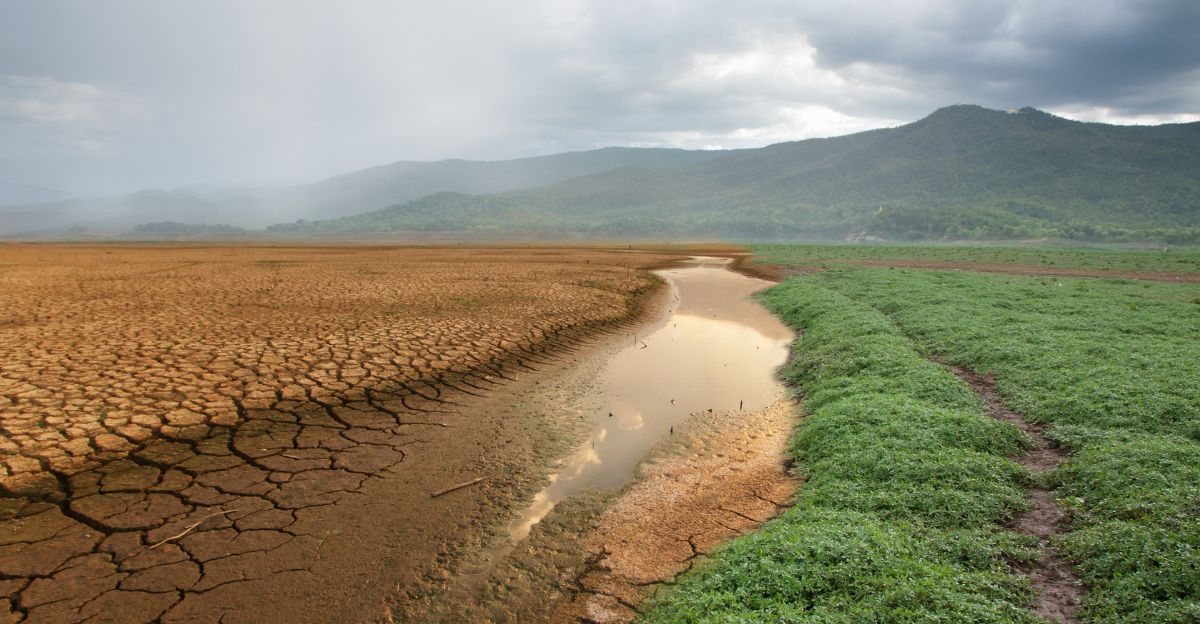
The story of the tui chub reflects the changing conservation landscape in the United States. As climate change and habitat loss intensify, the need for strong protections has never been greater. However, short-term economic and political considerations often favor long-term sustainability.
The tui chub’s plight underscores the challenges of balancing human needs with preserving biodiversity, raising important questions about the responsibility and stewardship in an era of environmental uncertainty.
The Big Picture
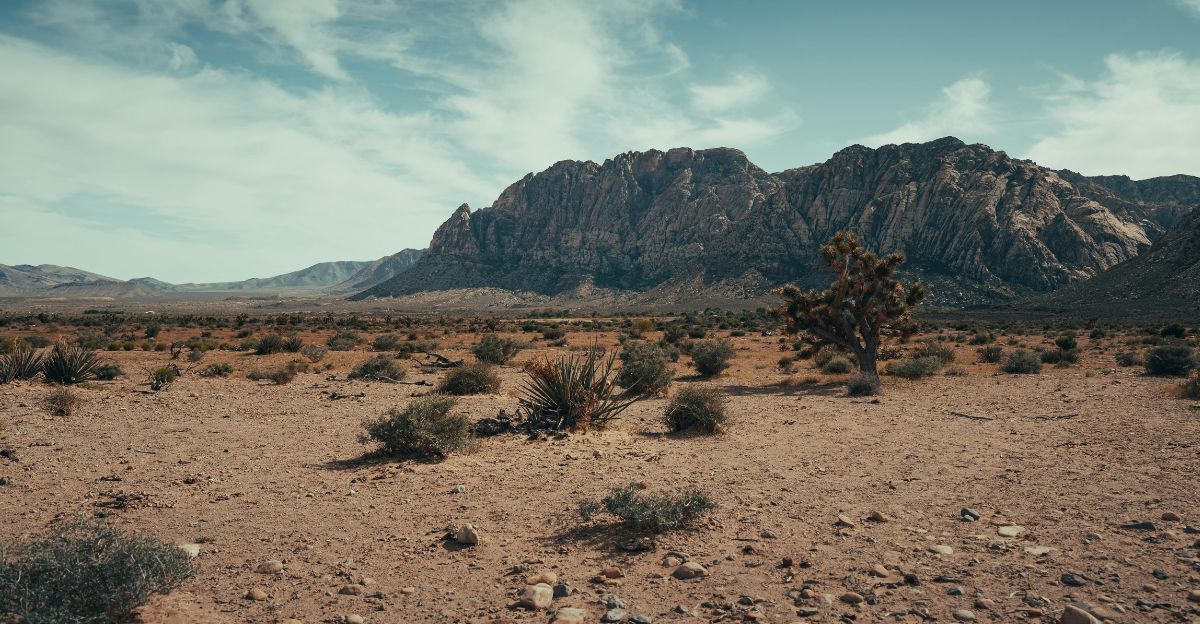
The story of the Fish Lake Valley tui chub, however, is a microcosm of the challenges confronting America’s natural heritage. It’s a test of our values, our policies, and our willingness to adapt in the face of environmental change.
As the public comment period plays out, the fate of this little fish will be a potent message about the future we hope to leave for future generations. The momentum is building— but will it be enough to turn the tide?
The Future of Fish Lake Valley and MAGA’s Conservation Legacy
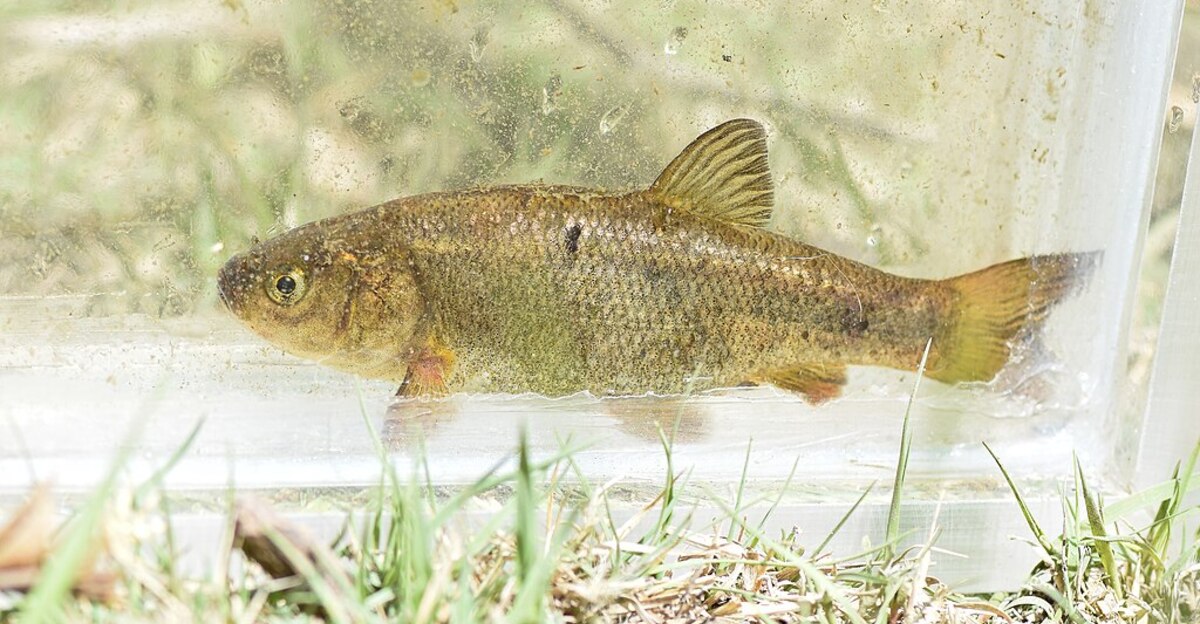
As the public comment period on the tui chub’s proposed listing opens, the future of Fish Lake Valley is uncertain. Will federal protections save the tui chub, or is it already too late? What happens will be up to policymakers, scientists, and citizens.
The fate of this little fish is a test case for MAGA’s conservation legacy, sending a powerful message about America’s ability to protect the natural world in the face of unprecedented challenges. The story of the tui chub is far from over, and its legacy will resonate for years to come.
Explore more of our trending stories and hit Follow to keep them coming to your feed!

Don’t miss out on more stories like this! Hit the Follow button at the top of this article to stay updated with the latest news. Share your thoughts in the comments—we’d love to hear from you!







